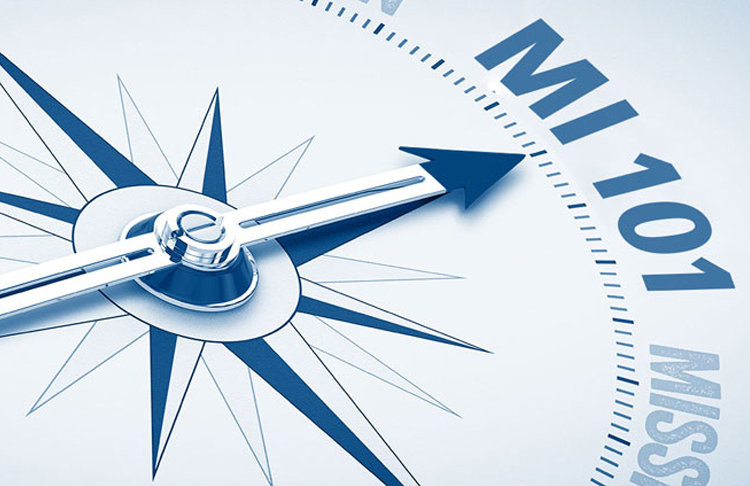What is the Missions Directorate?
- By: JAIC Public Affairs

Focused on DoD’s adoption and integration of artificial intelligence, the Missions Directorate plays a critical role in JAIC’s efforts to help transform the Department through AI.
The Missions Directorate is an interdisciplinary, cross-functional team that establishes and maintains highly-curated relationships to help the JAIC accelerate the adoption of AI across the DoD’s warfighting communities and support enterprises.
Missions conducts deliberate functional engagements to assess needs, develop requirements, and identify opportunities that reduce DOTMLPF-P barriers to AI adoption. Missions also develops and manages Functional Communities of Interest with Services, Combatant Commands, the Joint Staff, Combat Support Agencies, and program offices. These activities inform policies, proliferate best practices, and promote shared solutions to ensure the integration of AI capabilities at scale and with transformative impact across the DoD.
Strategic Objectives
Missions was one of the first directorates founded after the creation of the JAIC in 2018. Presently we have support five mission initiatives aligned with JAIC strategic objectives:
- Lead Department-wide efforts to adopt AI at scale (Accelerate the DoD’s Adoption and Integration of AI, at Scale)
- Provide services to Component partners that promote AI adoption (Develop and Deliver AI Capabilities and Enabling Services)
- Accelerate inherently Joint AI capabilities (Coordinate and Synchronize the Integration of Capabilities into an Effective AI Enterprise
- Create an AI-friendly ecosystem in DoD (Mature and Instantiate DoD AI Workforce Development)
Mission Initiatives
- Business Process Transformation works to institutionalize business process transformation across the Department through scalable AI and automation technologies that are CAC-accessible and cloud-enabled in support of each of the major DoD business areas (acquisition, law, finance, policy, human resources, and training).
- Joint Information Warfare seeks to apply AI and machine learning to ensure information superiority in defense of the United States and its interests. Benefits from these efforts include a comprehensive library of AI/ML vendors, cyber ecosystem modeling, and subject matter expertise in cyber, space, electromagnetic spectrum operations, and information operations for missions-specific support.
- Joint Warfighting provides strategic advantages to the warfighter through AI. Lines of Effort include AI in command and control, fires, and maneuver and mobility to provide sustained competitive military advantage to the United States-with the objective to deter adversaries
- Joint Force Protection utilizes AI to transform the joint mission areas aligned against unpredictable threats – missions like Humanitarian Assistance & Disaster Relief, Countering Weapons of Mass Destruction, and Force Protection. JFP advocates for the adoption of AI to save lives and ensure the Joint Force remains resilient for the unexpected
- Joint Logistics focuses on improving Non-Mission Capable rates through predictive maintenance, AI-driven diagnostics, training, process improvements, demand forecasting, and supply chain optimization. This is done through maintenance optimization, dynamic vehicle modeling and logistics data maturation. Warfighter Health is a critical part of the Joint Logistics initiative and focuses on AI in warfighter medical readiness, human performances, and combat medicine. Current efforts include AI-enabled preventive medicine, providing a common platform to host medical data, and using deep learning to support service member readiness.